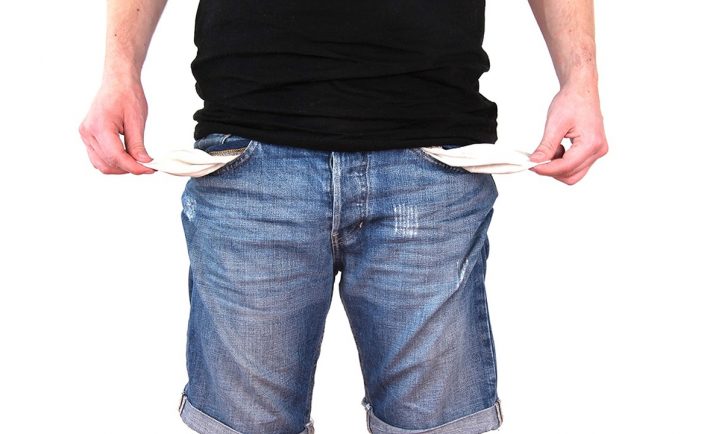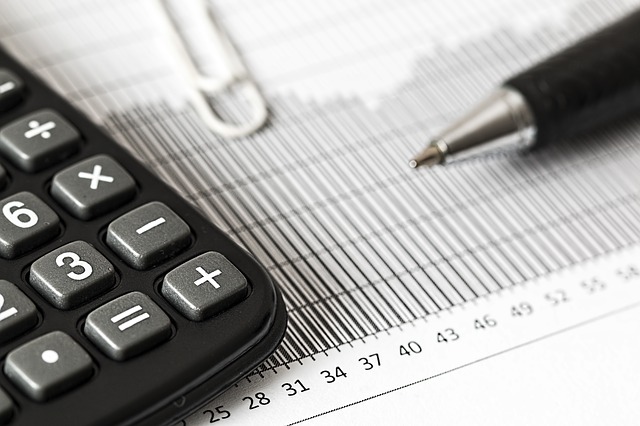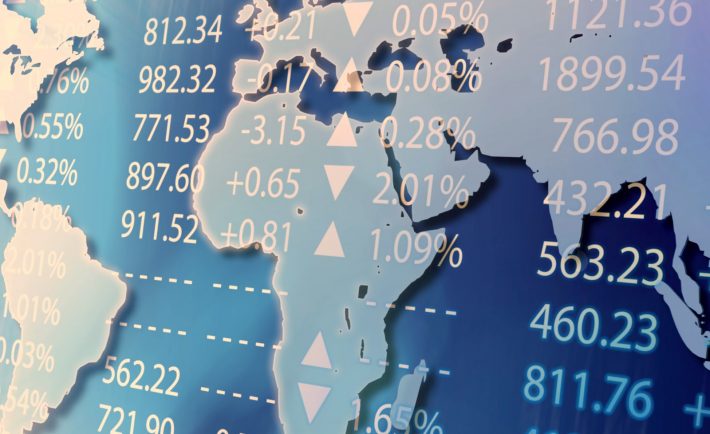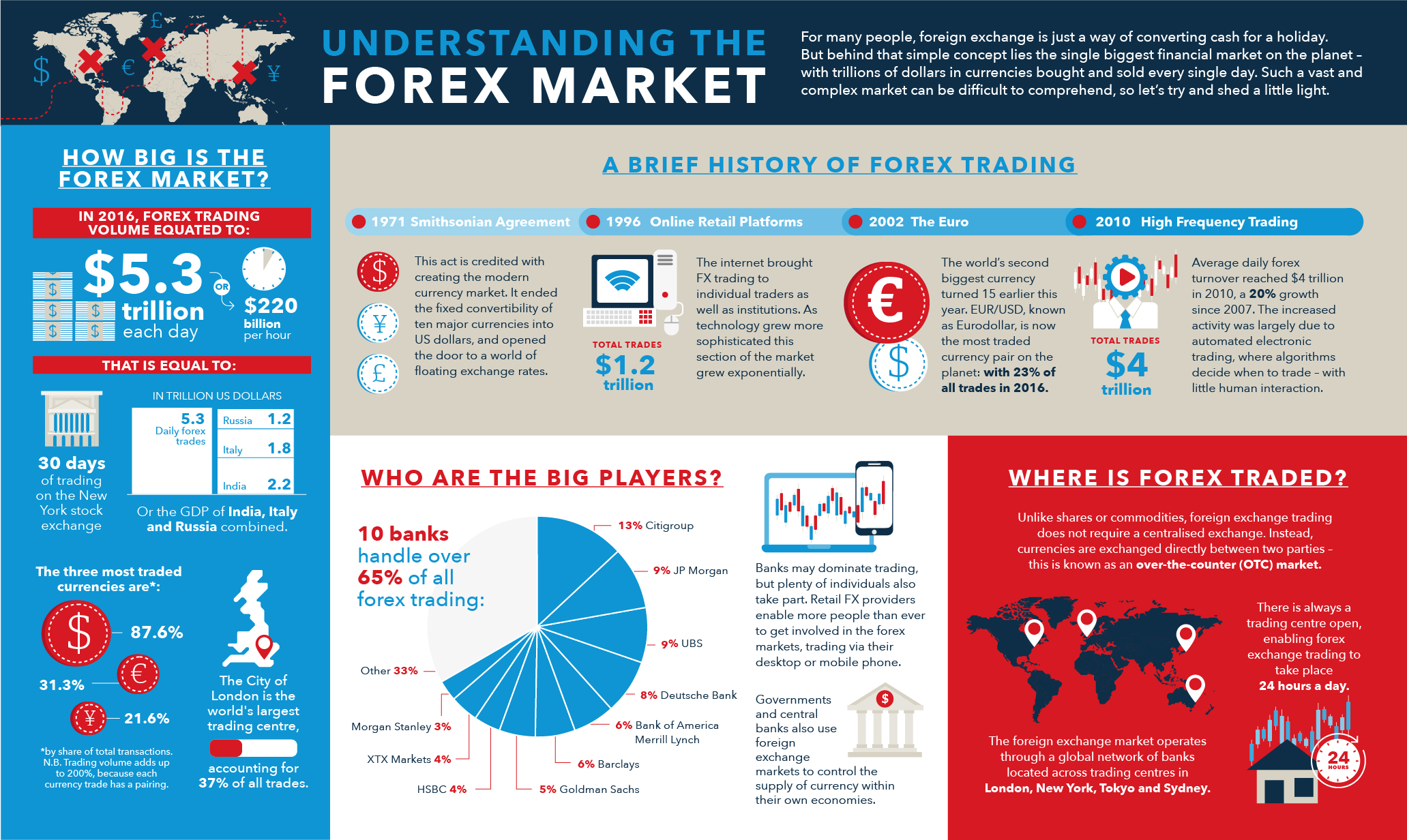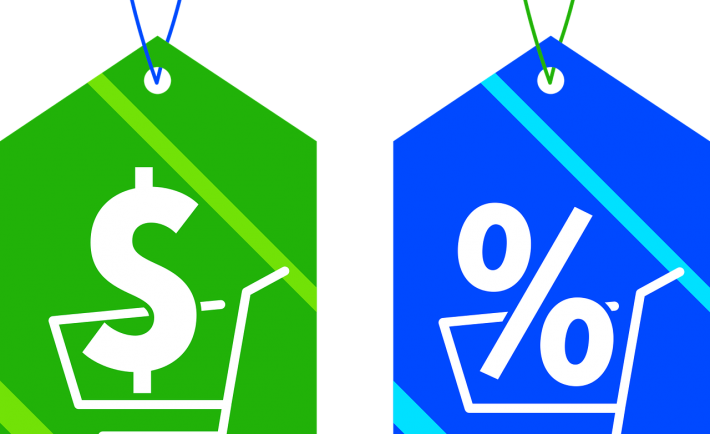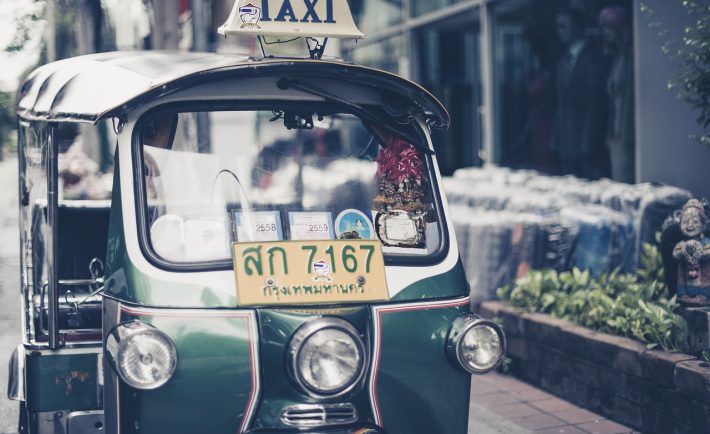Everyone experiences a certain degree of money woes. The differences depend on how we deal with each financial issue. On that note, here are just three of the most common ones that we may all face at some points in our lives.
#1: ADJUSTING TO THE POSTNATAL BUDGET
Congratulations to you and your spouse! You just added life to the thriving population of Singapore. The next challenges at hand are the costs that come with it. Raising children, as expensive as it is, causes multiple changes to your household budget. New categories include medical costs, newborn clothes, and insurance contributions.
The significant cost of delivering the baby (about S$10,000) is just the beginning! Tackle each day with ease by knowing how much you will be spending in the next couple of months. You need to repeatedly feed, clothe, and nurture your children for at least 21 years. Preparing a financial checklist will help you fulfill your expected costs.
Related Article: Financial Checklist For Expectant Parents
#2: EARNING AN INSUFFICIENT SALARY
Whether you want to believe it or not, there is a particular cohort that is at risk of earning insufficient salary. This is none other than the elderly working-class women. The 2014 Labour Force Survey highlighted that more than 7 in 10 participants (i.e., 100,000 Singaporean women aged 60 and above) made less than S$2,000 per month.
Lower earnings adversely affects one’s retirement adequacy as the country operates on the salary-based pension system. These seniors are still working because they need the money and they did not have enough money saved.

Image Credits: pixabay.com
There are two ways to deal with this financial situation. First, you may negotiate a pay raise. If you do not ask then you will not get it. Employers know that they play a part in ensuring that older workers return to the workforce with decent wages.
Secondly, you may get another job on the side. With our access to modern tools, you can make extra money by creating an online business. Free websites such as Carousell and Tictail enables you to showcase your products.
#3: RISING ABOVE UNEMPLOYMENT
Unemployment is a worldwide phenomenon. The economy continues to narrow down jobs at an alarming rate. This means that you need to get in line with about a hundred of job seekers for the same post. A good place to start making connections is LinkedIn (i.e., a professional networking site). Moreover, you may ask your family and friends if they can recommend you to work for their companies. Do not be shy!
Absorb the words of Nancy Collamer, creator of Layoffsurvivalguide.com.
“You need to figure out what it is that you want to do and are most qualified to do, then identify employers and companies where there appears to be some level of growth or opportunity and identify ways to network your way into the company.”
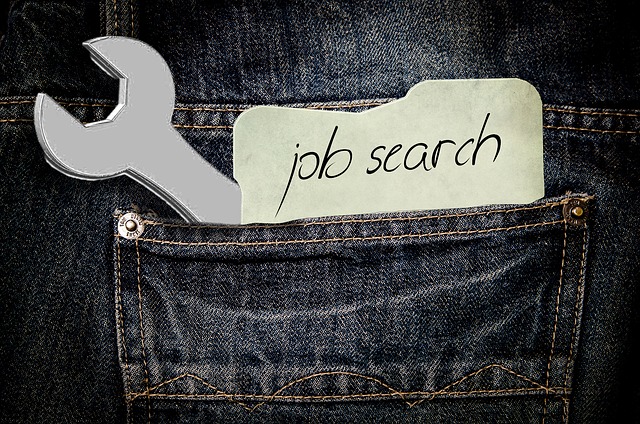
Image Credits: pixabay.com

